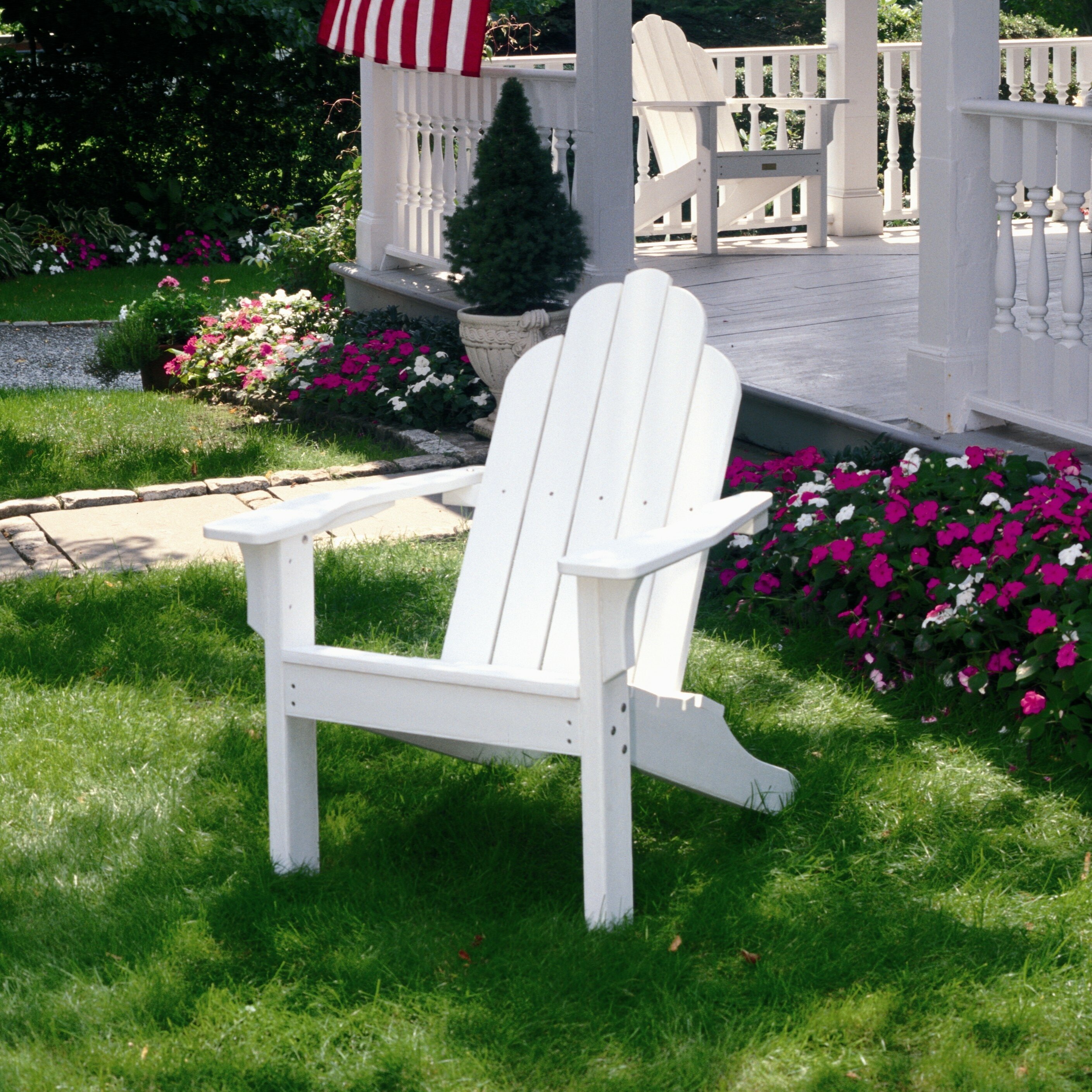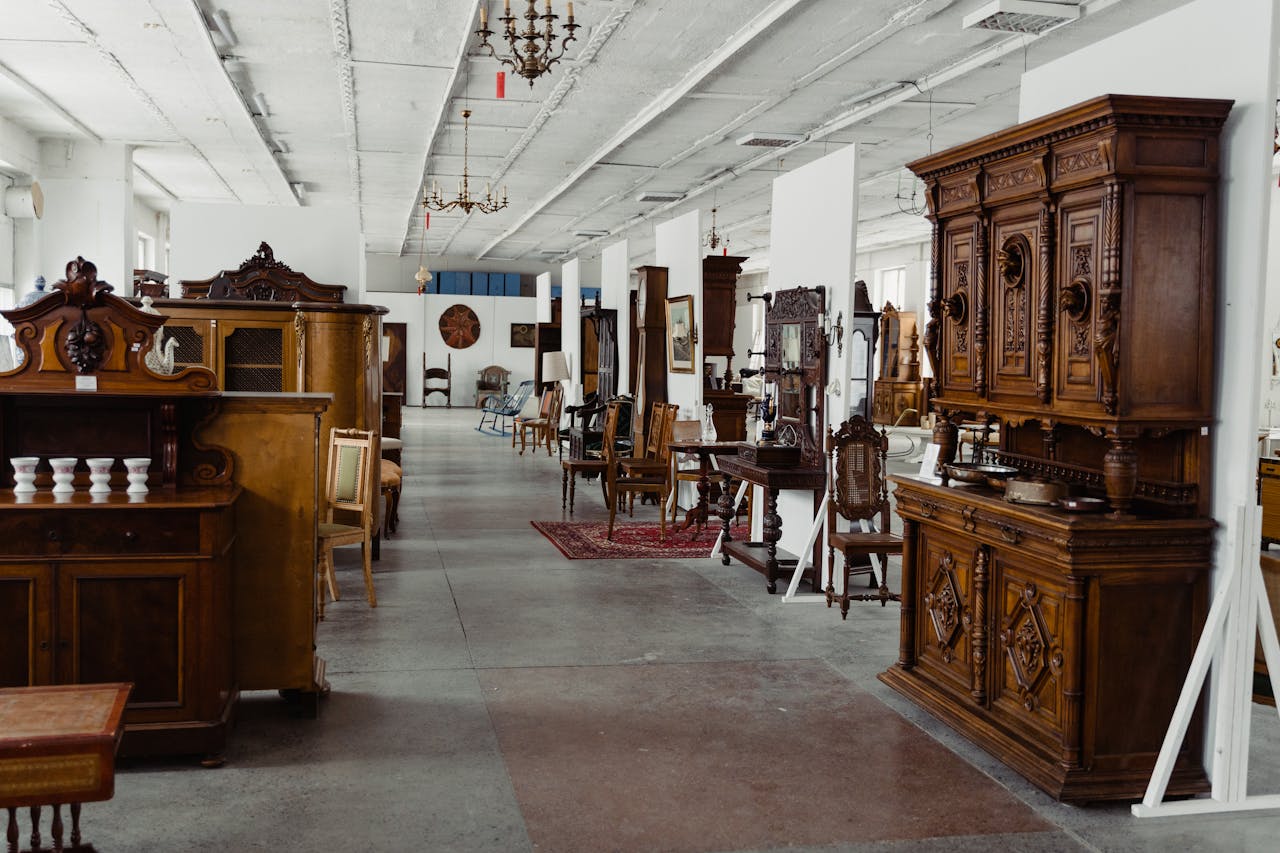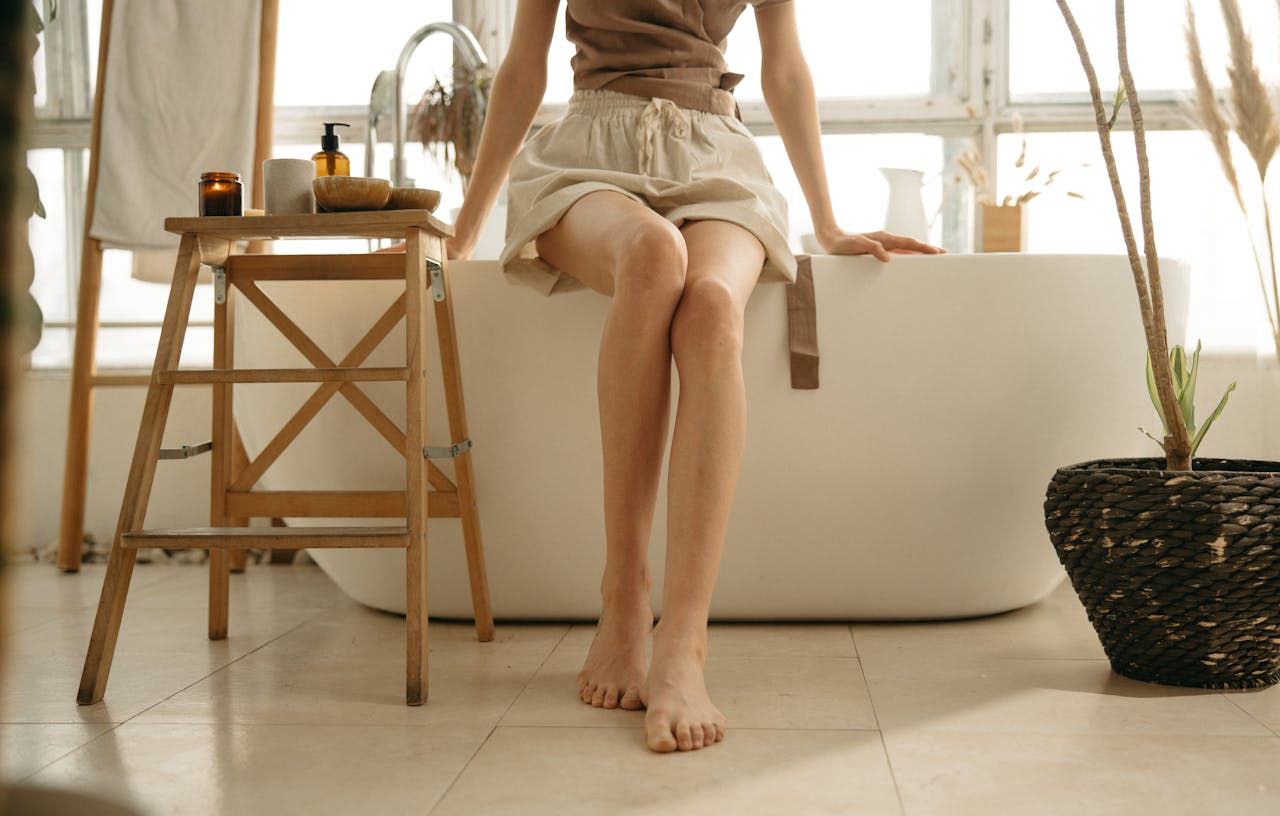Storage needs must align with available facilities. Larger commercial umbrellas require significant off-season storage space unless designed for year-round deployment. Some models offer removable canopies that store more compactly than complete units. Understanding these requirements helps restaurants develop realistic operational plans for seasonal transitions.
Sun protection dates back thousands of years, with early civilizations using basic canopies and shelters from the elements. The modern umbrella began to take shape in the 18th century, but the real transformation came with the introduction of innovative designs that balanced aesthetics with function.

Throughout this manufacturing process, quality control checks maintain consistency and performance standards. The finished umbrellas undergo testing for stability, ease of operation, and weather resistance before packaging and distribution.
As we explore the many facets of HOA umbrellas, it’s essential to consider the various styles available in the market. From traditional designs that evoke a sense of nostalgia to Nardi Libeccio Table contemporary iterations that embrace modern aesthetics, there is an HOA umbrella for every taste. Some models feature intricate details and finishes that showcase the craftsmanship involved in dining table their production, while others may present a more streamlined silhouette that caters to minimalistic preferences.
Ultimately, teak wood umbrellas represent a perfect blend of functionality, durability, and style. They provide essential shade that enhances outdoor experiences while also contributing to the dining table aesthetic value of spaces. Investing in a teak wood umbrella means investing in quality and longevity, ensuring countless enjoyable moments spent outdoors. As more people recognize the benefits of high-quality outdoor furniture, the demand for teak wood umbrellas is expected to rise.
Restaurant-specific umbrellas entered the hospitality scene in the post-World War II era, coinciding with broader trends toward outdoor leisure and café culture. Before this innovation, restaurants typically used generic shade options or permanent structures that lacked flexibility. Early outdoor dining spaces often featured basic umbrellas that offered minimal customization and limited durability in commercial settings.
One of the key advantages of restaurant dining table umbrellas is their ability to withstand harsh weather conditions. Unlike traditional umbrellas that may rust or decay, restaurant umbrellas are designed with durable materials that resist corrosion and weather-related damage. This quality extends the lifespan of the umbrella, making it a wise investment for restaurant owners seeking reliable outdoor shade. With proper care, a restaurant umbrella can last for many years, providing a dependable solution for sun protection.

